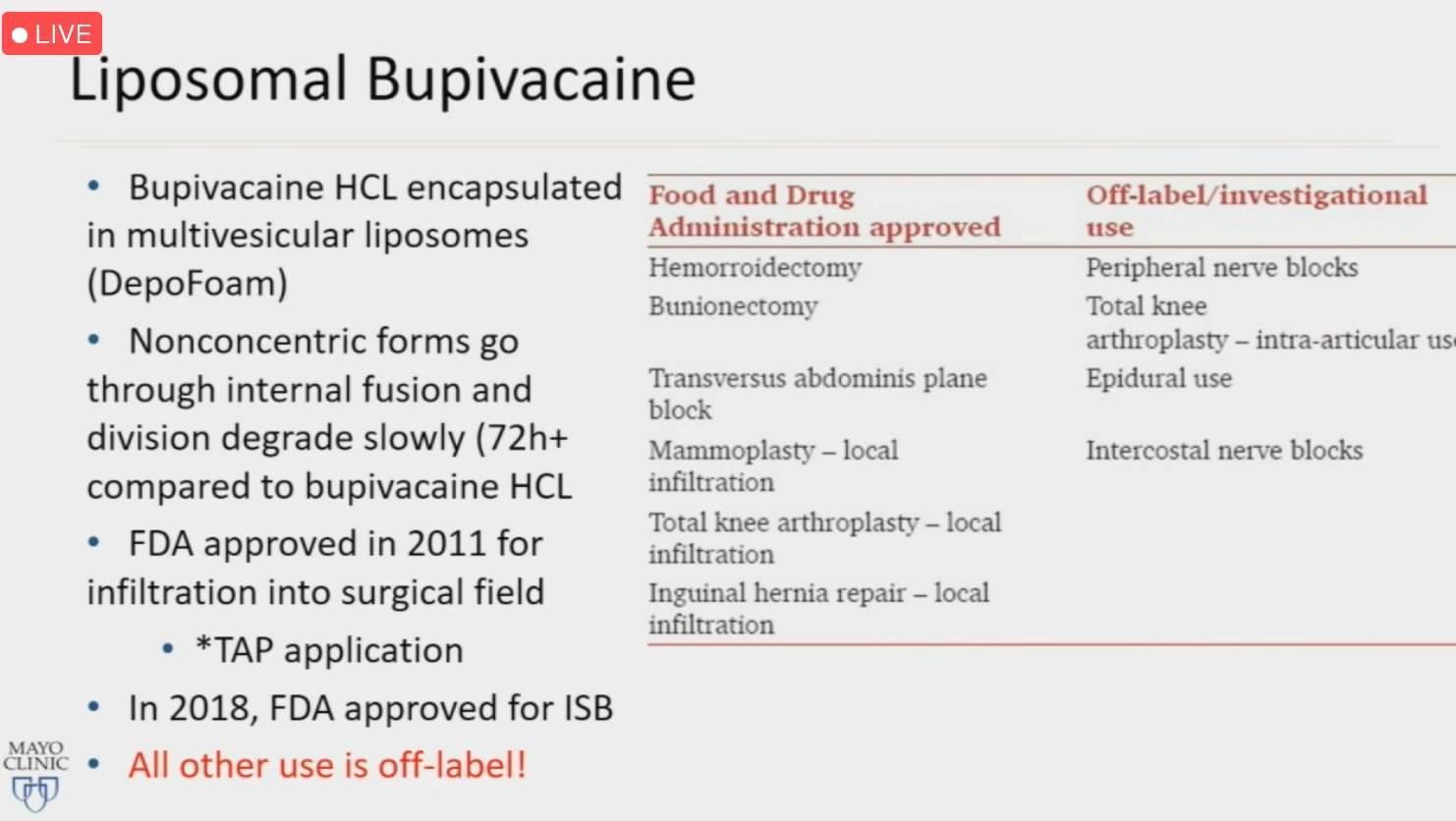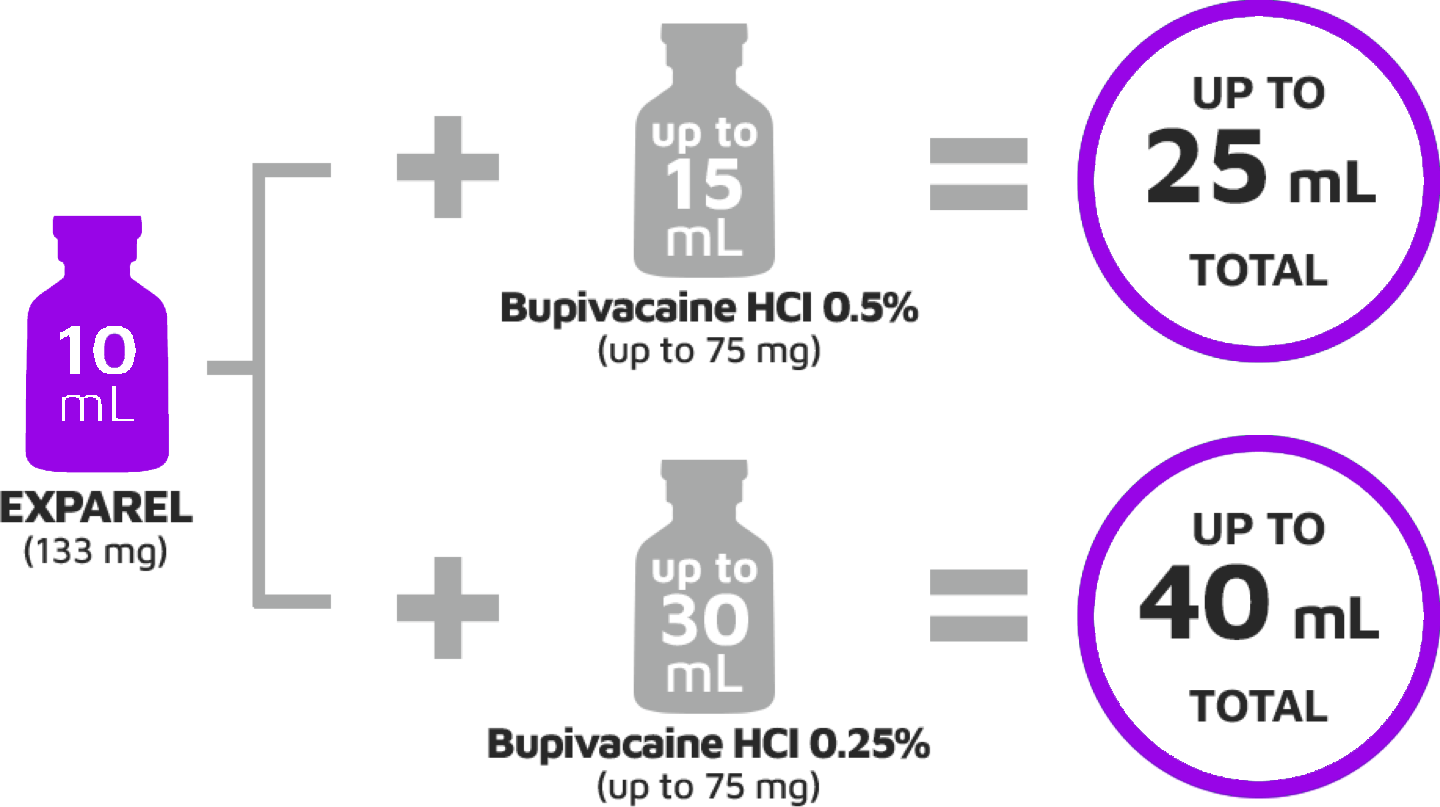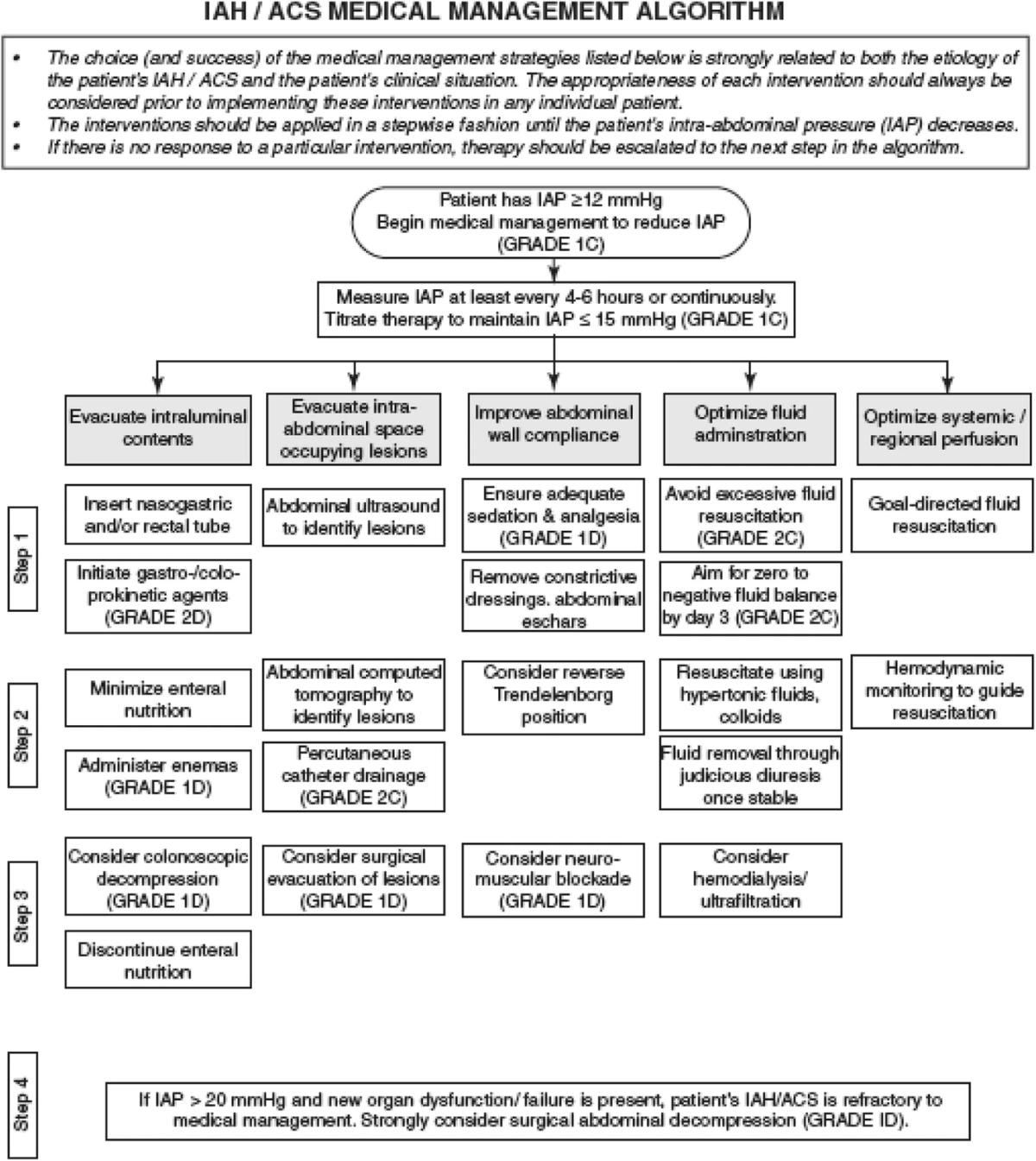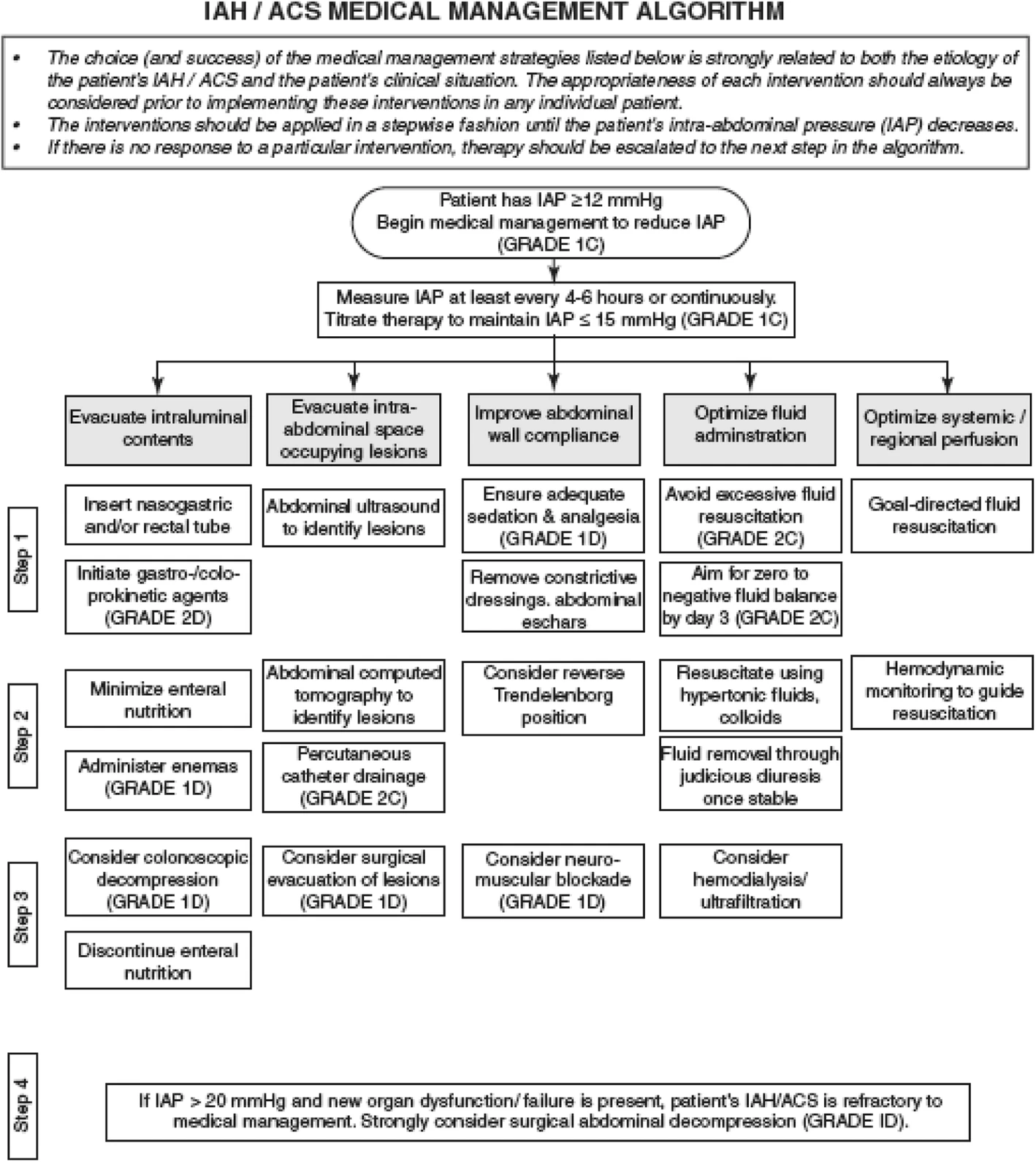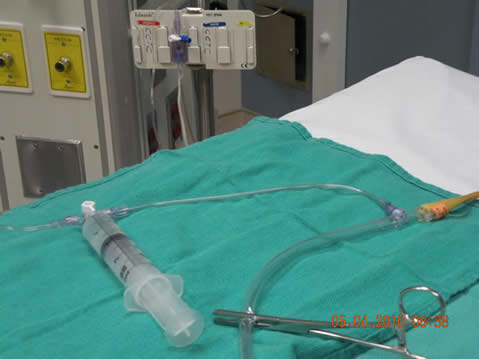A policy has been passed by our hospital that would allow APNs ability to perform elective cardioversions in our EP department.
Two studies from the United Kingdom demonstrated safe and effective performance of CVs when directed by nurses with advanced training 5, 6. In a study by Boodhoo et al. (5) in 2004, nurses who performed CVs had at least 1 year of coronary care unit experience, were Advanced Cardiac Life Support (ALS) certified, and had performed a minimum of 20 supervised CVs. In their hospital, the nurses administered the sedation without an anesthesiologist present. Although, as the authors suggest, this sedation approach reduces costs, a cardiac registered nurse in the United States would not be granted hospital privileges to independently provide moderate sedation. In the study by Currie (6), an anesthesiologist rather than a nurse administered sedation, but unlike the present study, patients who were considered high risk due to advanced heart disease, presence of a pacemaker, or severe obesity, were excluded from the nurse-directed CV approach.
The only published study based on U.S. experience with nurse-led CVs is a retrospective study by Norton et al. (7) that compared the outcomes of CVs performed by physicians alone, those by physicians with a nurse practitioner, and those of nurse practitioners independently. They found comparable success rates in each group, with a success rate of 93% in the nurse practitioner group, and there were no complications in any of the CV groups. Unlike the present study, however, the nurse practitioner was certified in ICD interrogation and reprogramming, performed the CV completely independently, and billed for the procedures. The APP who performed the CVs in the present study is a salaried employee of the hospital where the procedures were performed and did not bill independently for procedures.
In addition, the findings of the present study are only applicable to practices where sedation for CVs is administered by an anesthesiologist.
Outcomes Associated With Electrical Cardioversion for Atrial Fibrillation When Performed Autonomously by an Advanced Practice Provider. JACC: Clinical Electrophysiology, Volume 3, Issue 12, 2017, Pages 1447-1452.
Thoughts
In these studies, they looked specifically at having anesthesiologists be present as well as removing potentially complex cardioversion cases.
It seems all of these studies are done in an academic practice or NHS type hospital environment. Are there studies where it shows cost effectiveness for private practice groups?
How much of the safety burden is placed on anesthesiologists for managing instability for the procedure?



























